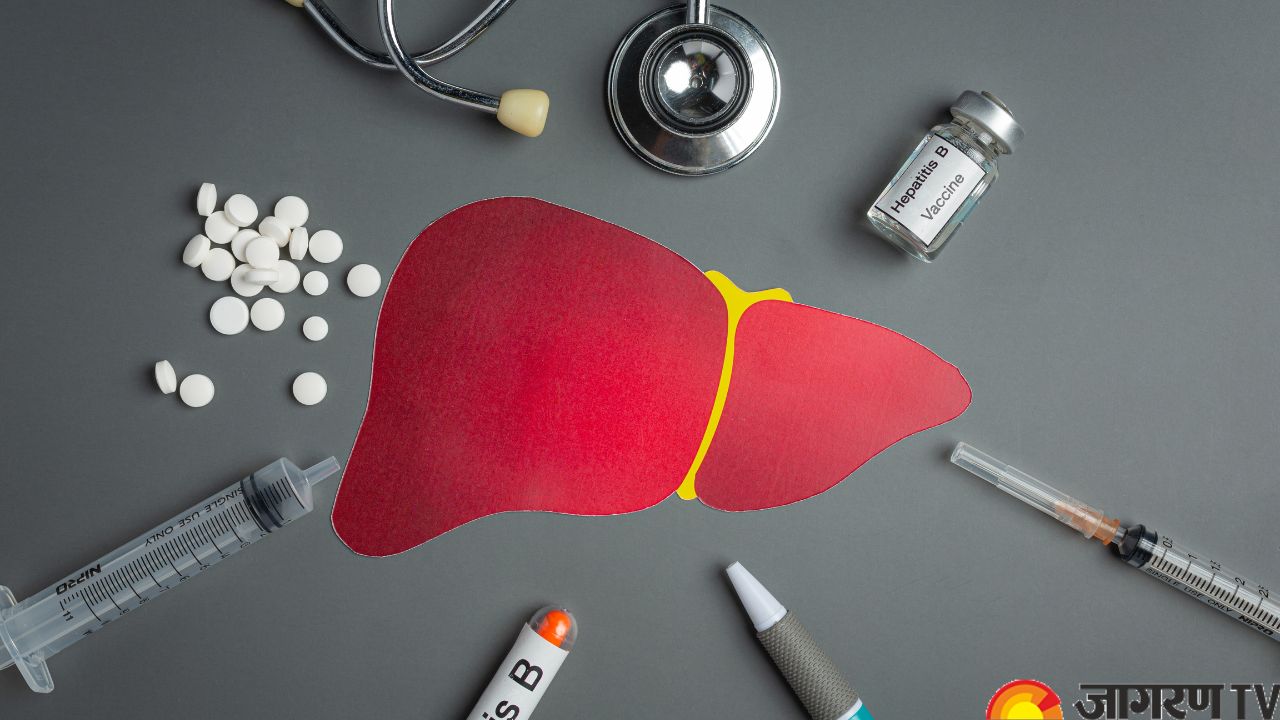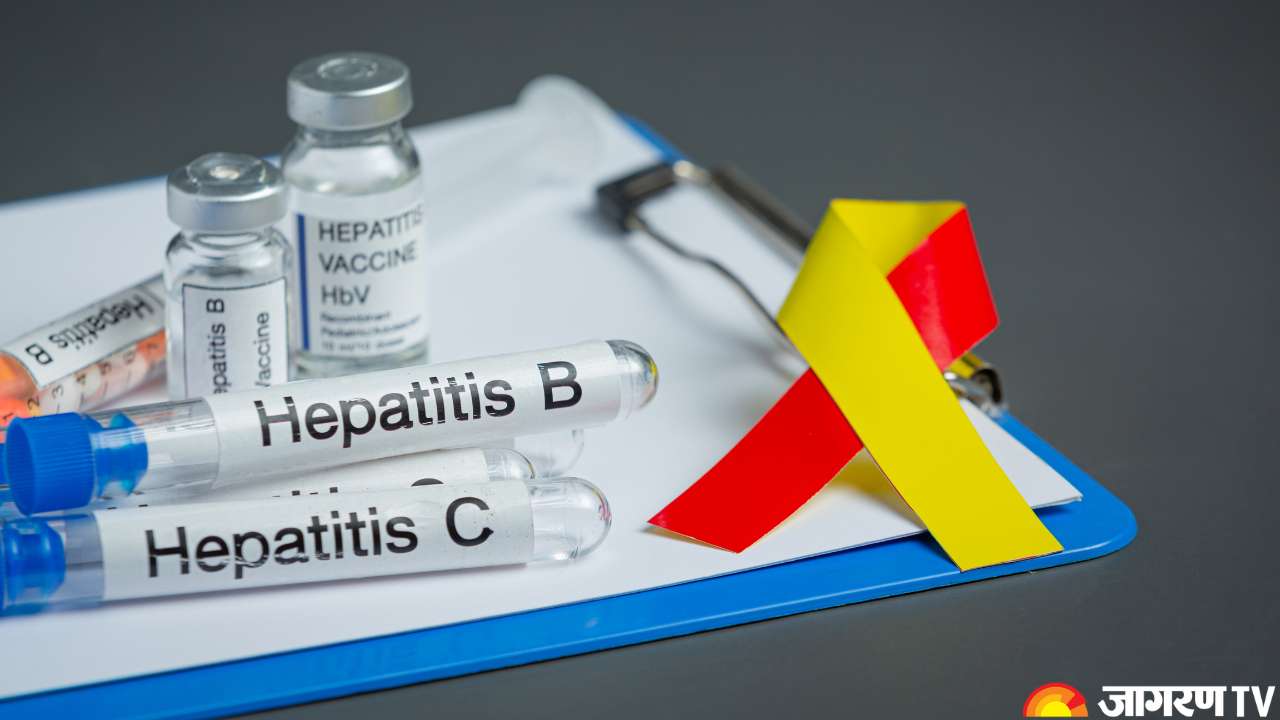World Liver Day 2023: Do you have a Fatty Liver? Know the signs of Fatty Liver on Face, Eyes, and Skin

Every year on April 19, people around the world observe World Liver Day to raise awareness of the value of liver health and instruct them on how to do it. It is well known that liver disorders can advance silently and without any outward symptoms. More people than ever are affected by diseases such as hepatitis A, hepatitis B, liver cirrhosis, liver cancer, and non-alcoholic fatty liver disease (NAFLD).
What is Fatty Liver?
Hepatic steatosis, another name for fatty liver disease, is a condition that causes the liver to become overly fatty. A high-fat diet, drinking alcohol, and a lack of exercise are just a few examples of bad lifestyle choices that contribute to this widespread disorder that affects millions of people worldwide.
Fatty liver disease can lead to major health issues like liver cirrhosis, liver failure, and liver cancer while being a silent condition that frequently goes unnoticed. Keeping an eye out for the symptoms and signs that affect the face, eyes, and skin is one method to identify fatty liver disease.
Signs of fatty liver disease on your face, eyes, and skin
Yellowing of skin and eyes
Jaundice, often known as a yellowing of the skin and eyes, is a common sign of liver illness, including fatty liver disease. When the liver is unable to clear the blood of bilirubin, a waste product created when red blood cells degrade, jaundice develops. After that, bilirubin builds up in the skin and eyes, turning them yellow.
Flushed or red face
An indication of fatty liver disease is frequently a red or flushed face. This is due to the fact that the liver controls the blood flow to the face. Blood flow to the face might become unpredictable when the liver isn't working properly, giving it a flushed or red appearance.
Dark circles
A typical symptom of liver illness, including fatty liver disease, is the presence of dark circles beneath the eyes. The liver is in charge of removing poisons from the blood, thus this is the case. Toxins can build up in the blood when the liver isn't functioning properly, making the skin beneath the eyes seem dark.
Skin tags
Small, flesh-colored growths called skin tags frequently develop on the neck, armpits, and groin. They frequently appear as a symptom of insulin resistance, which is frequently linked to fatty liver disease. When the body develops a resistance to the actions of insulin, a hormone that controls blood sugar levels, insulin resistance occurs.
Spider angiomas
Small, red, spider-like veins called spider angiomas frequently occur on the face and chest. They are typical symptoms of liver conditions, such as fatty liver disease. When the liver is unable to effectively digest hormones, they build up in the blood and widen blood vessels, which leads to spider angiomas.
How can Fatty Liver be treated?
Weight loss
One of the best strategies to manage the fatty liver disease is to lose weight through a mix of diet and exercise. This is due to the fact that obesity and excess weight are significant risk factors for the illness.
Diet modification
The quantity of fat in the liver can be decreased by eating a healthy, balanced diet reduced in sugar, refined carbs, and saturated and trans fats. It is advised to have a diet high in fruits, vegetables, whole grains, lean protein, and healthy fats (like those found in nuts and fatty fish).
Exercise
Exercise on a regular basis can help reduce liver fat and improve insulin resistance.
Medications
Medications may occasionally be recommended to treat underlying disorders like diabetes or excessive cholesterol that cause fatty liver illnesses.
Avoidance of alcohol and toxins
Avoiding alcohol and other substances that can harm the liver is very important.









